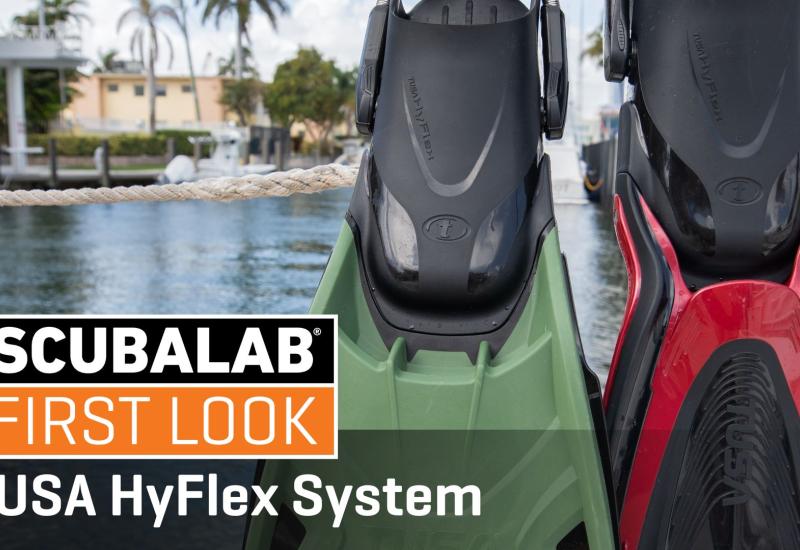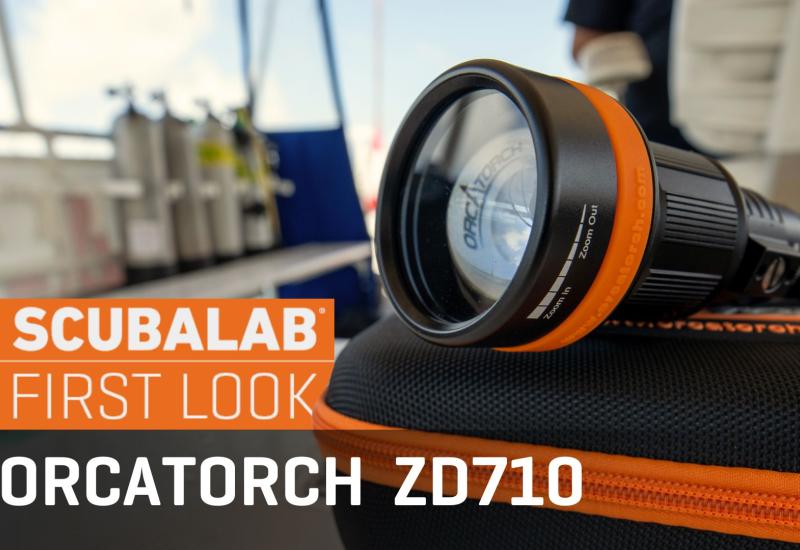Scuba Regulator Test: Behind-The-Scenes Photos Of ScubaLab's Gear Review

John Michael BullockScubalab test divers underwater at Alexander Springs
Testing On The Reg
ScubaLab Director Roger Roy and Digital Editor Becca Hurley test the latest scuba regulators underwater at Alexander Springs.
For ScubaLab's 2016 scuba diving regulator review in (Scuba Diving's August issue) our test team traveled to Alexander Springs in the Ocala National Forest where we put 11 new regulators through their paces. Check out what goes on behind the scenes at a ScubLlab test with these photos from our two days worth of in-water testing.
This is an important part of ScubaLab's review process because it allows a pool of seasoned divers to evaluate how the regulators feel and perform in the field. Equally important are the objective tests, where we ran the regs on an ANSTI breathing machine to see how well they moved air at different depths and breathing rates.

John Michael BullockScubaLab test divers underwater with scuba regulators
Breathing Easy
Digital Editor Becca Hurley makes some notes while test diver David Woods tests his regulator's ease of breathing in a face-up position.

John Michael BullockScuba divers assemble dive gear
Staging the First Stages
Test divers assemble their regulators and other scuba gear before diving in Alexander Springs.
Regulator Test Categories and Criteria
We provided testers with a number of criteria to evaluate during the in-water test. Some categories seem to matter more to testers than others. Regulators that marked highly for these features were very popular among our test divers.
Controls That Work
Venturi levers and breathing adjustments should be comfortable, easy to operate and effective. Several regs in this year's test had some of the best controls we've ever used.
Sensible Hose Layouts
First-stage port positions should give you enough options to route hoses safely and conveniently, without awkward arrangements. Rotating turrets provide lots of options.
Super-Light Second Stages
A day of diving with a too-heavy second stage is a real pain in the jaw. Size and profile of the second stage are important for comfort too, but above all, we're fans of feather-weight breathers.

John Michael BullockScuba diver underwater testing regulators at Alexander Springs, Florida
Taking Notes
Assistant Editor Robby Myers writes down some observations while testing a scuba diving regulator.

John Michael BullockClose up of scuba diver's regulator underwater
Stress Test
Test divers evaluated the shape and weight of the second stage regulator on how well they prevented jaw fatigue.

John Michael BullockScuba diver purging regulator at ScubaLab test
Blowing Bubbles
Digital Editor Becca Hurley tests the purge function on her scuba regulator.

John Michael BullockScuba diver upside down underwater ScubaLab regulator test
Fins Up, Seven Up
Test diver Matt Jones swims upside down to see how dry the scuba regulator breathes in different positions.

John Michael BullockScubaLab tests scuba diving regulators underwater at Alexander Springs
The Purge
ScubaLab Director Roger Roy tests how easily his scuba regulator purges water.

John Michael BullockScuba diver setting up dive gear
Reg Swap
Digital Editor Becca Hurley attaches a new regulator in-between test dives at Alexander Springs.

John Michael BullockScuba diver prepares regulator and gear
Ease of Use
One of the test criteria for scuba regulators was how easy it was to setup and how well the first-stage ports help or hinder the attachment and use of the BC, octo, SPG, ect.

John Michael BullockScubaLab scuba diving regulator test at Alexander Springs
Testers' Table
ScubaLab sets up the test HQ right next to Alexander Springs so divers can easily return data sheets and swap regulators without exiting the water.

John Michael BullockScuba diver prepares regulator for diving at Alexander Springs
Some Supervision Required
Test Team Supervisor Tom Wuest keeps the test running smoothly by keeping track of who has tested which regulator and helps divers swap gear.
Want More Behind The Scenes?










